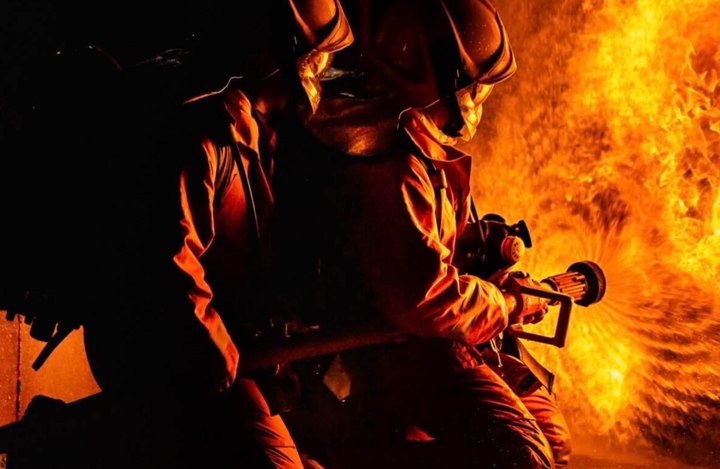In the hazardous chemical industry, the greatest risk to individuals comes from high-temperature hazards, which are far more prevalent than commonly realized.
For example:
- Arc Flash: A discharge of electricity between conductors or from a conductor to the ground through the air. Potential injuries include thermal (arc) burns to exposed skin and ignition and melting of clothing.
- Flash Fire: A fire that spreads rapidly through fuel (dust, gas) and typically lasts for 3 seconds or less. Injuries may include second- or third-degree burns to unprotected skin and ignition and melting of clothing.
- Combustible Dust: When fine particles of combustible solids become airborne and exceed a certain concentration in the presence of oxygen, there is a risk of fire regardless of particle size or shape.
- Molten Metal Splash: Molten metal splashes can ignite clothing that lacks flame retardant properties.
The key to maximizing protection against burn risks from high-temperature flames is the choice of workwear fabric.
When it comes to regular fabrics, whether cotton or other synthetic materials, effective protection against heat hazards is difficult to achieve. Sometimes, sparks generated during welding can burn through regular clothing and cause skin burns. Additionally, many synthetic fibers can melt into a liquid state at high temperatures, leading to more severe burns when adhered to the skin.
In fact, in fires, the most severe and fatal burns often result from clothing igniting and continuing to burn rather than initial contact with the fire source. Compared to burns caused by direct contact with high-temperature flames, burns from non-flame-retardant clothing igniting and adhering to the skin are even more severe. Furthermore, the residues of these incompletely burned clothing can be troublesome, hindering the treatment of wounds in the later stages.
To eliminate this problem, it is necessary to use flame retardant protective clothing made from materials with high-temperature resistance and flame retardant properties. Wearing flame retardant protective clothing eliminates the worry of clothing igniting, reduces the risk of burns, and thereby increases the speed of escape and the chances of survival in a fire.



